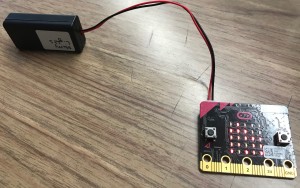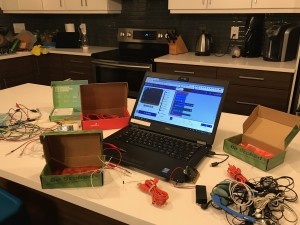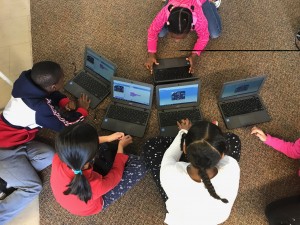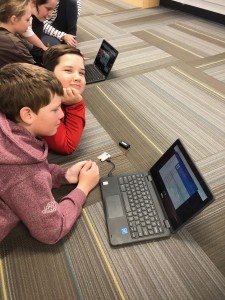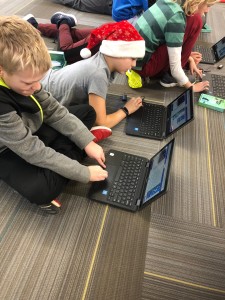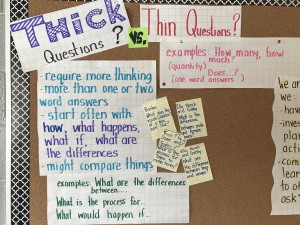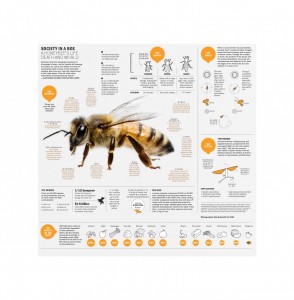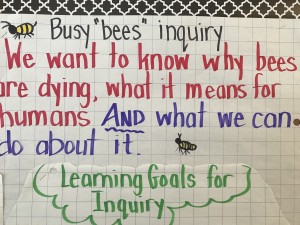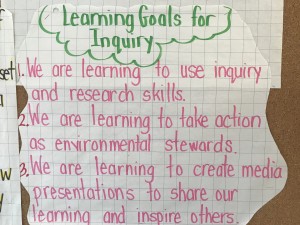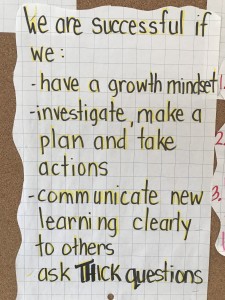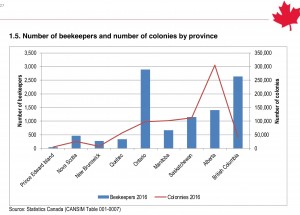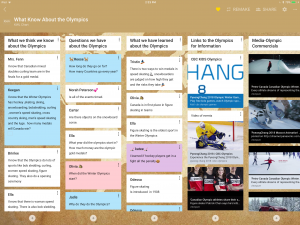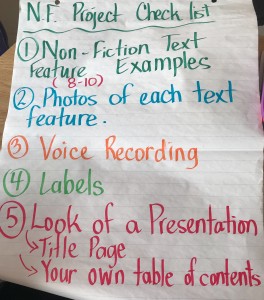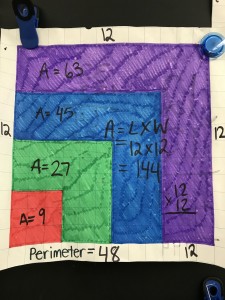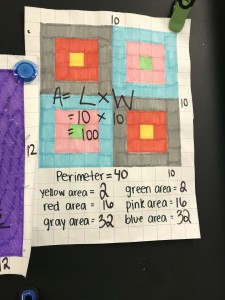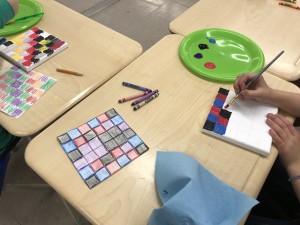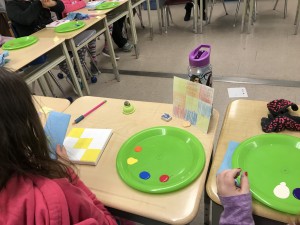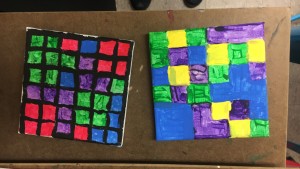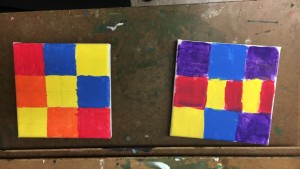
As Ontario teachers, we know that there is a current challenge in addressing the learning needs of special education students with significant behaviour issues including violence against school staff.
The Elementary Teachers Federation of Ontario has developed a multi-year strategy to address violence in schools. This states specific goals and includes resources such as videos on how to address needs:
- Lobbying the Ministries of Education and Labour to address violent incidents in schools and improve school board compliance with health and safety legislation;
- Working with Ministry and school board representatives to improve workplace violence reporting and compliance procedures and develop training materials;
- Building community advocacy to press the government to review its education funding formula and provide more funding for special education and support for students with high risk behaviors; and
- Providing ETFO locals and members with enhanced education, training and resources on dealing with workplace violence.
Today, I read an excellent article by Caroline Alphonso (The Globe and Mail, January 5, 2019) discussing how students with special education needs are being excluded from school due to their behaviour and violent tendencies. Alphonso cites Annie Kidder of People for Education stating that in 2018 “58 percent of elementary school principals and 48 percent of high school principals reported asking that a student with special needs not attend school for a full day” (Alphonso, January 5, 2019) due to insufficient classroom support. In addition, in British Columbia, special needs students miss up to 35.5 school days a year (BC Confederation of Parent Advisory Councils, cited in Alphonso, January 5, 2019).
Violence against teachers is documented in a 2018 Canada wide study, Pan-Canadian Research Review on Violence in Schools. The study showed that rates of violence against teachers ranged from 41% to 90% and that elementary teachers working in lower socioeconomic locations experience the most violence (Canadian Teachers’ Federation, July 8, 2018). Key findings included widespread funding needed to provide resources, services, and training to address inadequacies in services for student mental health, behavioural, and special education needs.
To put this bluntly, the study stated that schools do not have enough trained support staff to deal with the increases in students’ needs and the result of this discrepancy is that students are not attending school.
I was prompted to write this blog after talking to a colleague. She regularly calls me to seek advice and support for her daughter, Rebecca. When I mentioned that I would like to write about Rebecca, my colleague wanted me to use her daughter’s name. In the most recent crisis, Rebecca was banned from taking the bus to school and regularly sent home early, due to her behaviour. On the bus, Rebecca broke a school bus window, was accessing her dirty diaper and playing with its contents, and attacking the teaching assistant staff. Rebecca is a highly autistic youth who functions at about a 3 year old child’s level.
The first thing I did was question why Rebecca was in a dirty diaper on the bus. The school staff told my colleague that Rebecca said “no” to getting her diaper changed. The school staff also stated that Rebecca was having regular meltdowns in the hallways at school so they could not take her outside. The staff also said they were not allowed to touch Rebecca. Rebecca’s outbreaks and violence often resulted in her being sent home. After further discussion, I wondered how much training the educational support staff had to address Rebecca’s specific needs. In addition, Rebecca was being excluded from attending school.
Rebecca’s mother asked me to do some research specifically to help advocate for her daughter’s needs and advice on how to address these needs with the school principal. I looked into the policies and laws dealing with students with special needs. I specifically cited Policy/Program Memorandum No. 119, Developing and Implementing Equity and Inclusive Education Policies in Ontario Schools, as it states that our “publicly funded education system is to support and reflect the democratic values of fairness, equity, and respect for all” (Ontario Ministry of Education, 2013). Through Policy/Program Memorandum No. 119, school boards, and teachers, must address barriers to learning that fall within prohibited grounds of discrimination set out in the Ontario Human Rights Code.
Rebecca was facing discrimination against her right to attend school due to her disabilities. After filling my friend in on the details of Rebecca’s rights, I suggested to her that she ask questions on how Rebecca’s specific needs were being met.
Just after New Year’s day I got a call from Rebecca’s mother. The school’s principal started putting measures in place to ensure Rebecca’s needs were being met. The school brought in specialized trainers to train the teaching assistants on how to deal with Rebecca and her outbursts. The school bus windows were changed to unbreakable Plexiglas and Rebecca was fitted with a specialized body suit so she could no longer access her body while on the bus. The teaching assistants were instructed not to allow Rebecca to have meltdowns in the school hallway and told to promptly pick her up and redirect her. The teaching assistants were also told that Rebecca must have regular, daily physical activity, inside and outside of the school, as well as daily quiet time. The teaching assistants were also told to change Rebecca’s diaper immediately after a BM.
The result of this training was impressive. Rebecca stopped banging the bus window because it was too hard on her hands. Rebecca quietly stayed seated until the staff came on the bus to get her. Rebecca stopped having meltdowns because she no longer had an audience to watch her very brief outbursts. Rebecca stopped hitting staff. Rebecca’s behaviour is not perfect but it is manageable. And here is the best part, Rebecca started to ask when she was going to school. I cried when I heard that!
This story shows that with enough support and trained staff, students with behavioural issues and violent tendencies can have their needs met. With this approach, students, staff, and teachers can have good quality school experiences.
I would like to thank Rebecca’s principal for supporting Rebecca’s needs – because this girl wants to go to school.
I ask of all teachers, principals, and school staff to reach out to advocate for students who are not so easy to teach so they can attend school – because this is their human right.
Collaboratively yours,
Deb Weston, PhD
References
Alphonso, C. (January 5, 2019). Educating Grayson: Are inclusive classrooms failing students? The Globe and Mail. Toronto. Downloaded from https://www.theglobeandmail.com/canada/education/article-educating-grayson-are-inclusive-classrooms-failing-students/
People for Education. (September 4, 2018). Changes needed to make Ontario schools more inclusive: Ontario Human Rights Commission policy includes recommendations for province and school boards, People for Education. Downloaded from https://peopleforeducation.ca/research/new-policy-recommends-changes-to-make-ontario-schools-more-inclusive/
Canadian Teachers’ Federation. (July 8, 2018). News release: Lack of resources and supports for students among key factors behind increased rates of violence towards teachers, Pan-Canadian Research Review on Violence in Schools, Canadian Teachers’ Federation, Downloaded from https://www.ctf-fce.ca/en/news/Pages/default.aspx?newsid=1983998942&year=2018
Ontario Ministry of Education. (2013). Policy/Program Memorandum No. 119: Developing and Implementing Equity and Inclusive Education Policies in Ontario Schools, Government of Ontario. Toronto. Downloaded from http://www.edu.gov.on.ca/extra/eng/ppm/119.pdf
Elementary Teachers Federation of Ontario. (2019). ETFO Action on Violence in Schools, Elementary Teachers Federation of Ontario. Downloaded from http://www.etfo.ca/DefendingWorkingConditions/HealthandSafety/pages/actiononviolence.aspx


